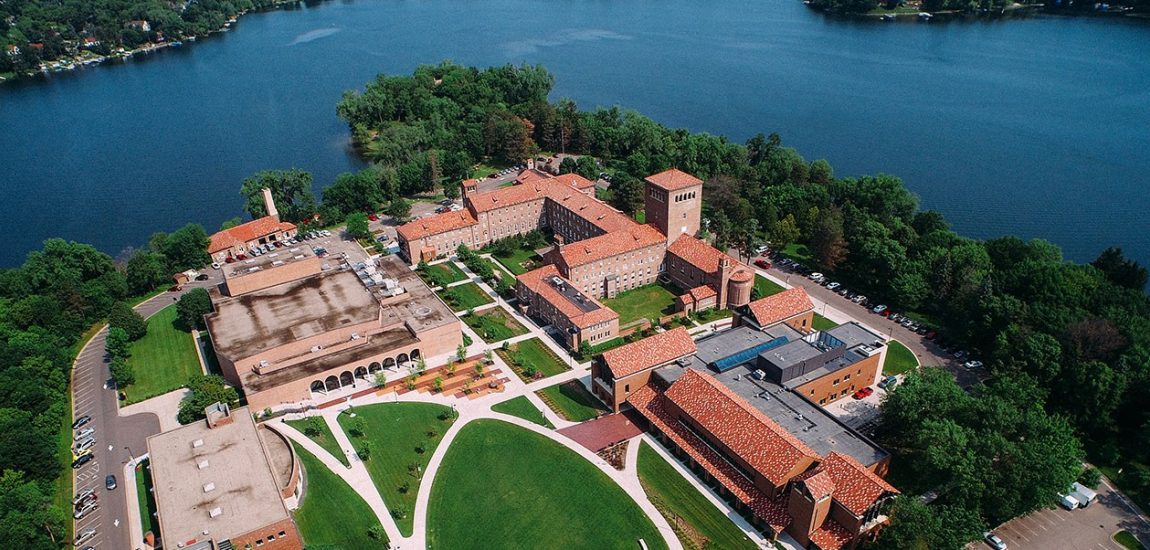What can science teach us about God? In a previous article, I introduced the idea that our personal experiences in creation can shape our knowledge of the Creator. In addition to the traditional Wesleyan quadrilateral way to know God through Scripture, Tradition, Reason and Experience, we may study Nature to see embedded revelation from Jehovah Shammah, the God who is there.
One student came to my office and asked what spiritual message could possibly be found in a virus, from a biological and spiritual perspective. We deliberated for a few moments and many deep spiritual truths began to emerge. For example, a virus cannot replicate on its own, but needs a host to carry out the infection. The student saw in that biological process a similarity with the process of sin, and how sin or evil on its own cannot carry out any spiritual infection. Instead, sin enters our lives, we become the host and the damage is carried out: spiritual death. The scripture verse in James 1:5 supported this insight, “Then, after desire has conceived, it gives birth to sin; and sin, when it is full-grown, gives birth to death.” We pursued the viral lifecycle even further seeing more and more spiritual parallels. It was fantastic.
Jonathan Edwards on Nature
This understanding of the Creator in and through the creation reaches much farther back into historical theology. Jonathan Edwards, the Congregationalist minister and theologian, oftentimes gets a “bad rap” due to some of the intense images embedded in his early Puritan era sermons leading to the Great Awakening. However, searching deeper into Edwards’ work, we find an extraordinary theologian whose heart was deeply connected to a God who seeks to communicate to the beloved creatures. One such way that God communicated divine love to the creatures, according to Edwards, is in and through the natural world. Edwards draws on scriptures such as Colossians 1:16, “For in him all things were created: things in heaven and on earth, visible and invisible, whether thrones or powers or rulers or authorities; all things have been created through him and for him,” and John 1:3 “Through him all things were made; without him nothing was made that has been made.” These scriptures indicate that all of the creation was made by Christ, for Christ and in Christ.
“Images of divine things are embedded in the creation by God to communicate spiritually sweet divine truths to the human heart”
Toward that end, Edwards emerged from extended experiences in nature with the revelation that images of divine things are embedded in the creation by God to communicate spiritually sweet divine truths to the human heart. Edwards’ sought to recover our birthright as creatures loved by God who revel in being part of a grand and beautiful creation. Edwards explored this idea of a Christology of Nature (although he did not call it such at that time) in a delightful and beautiful little book called Shadows and Images of Divine Things (c. 1725). In this book Edwards is given a revelation of God’s character, essence and redemptive plan in Christ, in and through nature. He states,
“The works of God are but a kind of voice or language of God, to instruct intelligent beings in things pertaining to himself. And why should we not think that he would teach and instruct by his works in this way as well as others, viz. by representing divine things by his works, and so pointing them forth, especially since we know that God hath so much delighted in this way of instruction?”
Messages to Discover
According to Jonathan Edwards, why should we not think that God would teach us this way? It is such a beautiful spiritual entrance into the goodness of God, and an understanding of the immensity of who God is. To think that as God created this world, the trees and Rocky mountain range, glaciers and butterflies, even molecules and cellular structures, that in infinite wisdom the Creator embedded messages for the creatures to discover, over the course of time and evolution of exploration and discovery. There are messages everywhere for us to discover, once our awareness is tuned in to what to look for.
So, the question is, are we merely overlaying a Christian construct onto aspects of nature? Is this a projection of our imagination? Are we simply applying poetic metaphor or analogy? Or, can we align with Jonathan Edwards, Alister McGrath and those pursuing a New Natural Theology to seek to understand the ontology of God’s Trinitarian self-disclosure as Creator, Christ and Comforter in and through the natural world? I do believe that the ever-present God, the one who sees us and loves us infinitely, who cares about our needs, gave to us a message embedded in the natural world that aligns perfectly with the truth of Scripture, in order to do God’s deep heart-changing work in our lives. I invite you to ask God to begin to reveal to you messages in the creation. See how your faith will soar like the eagle!

